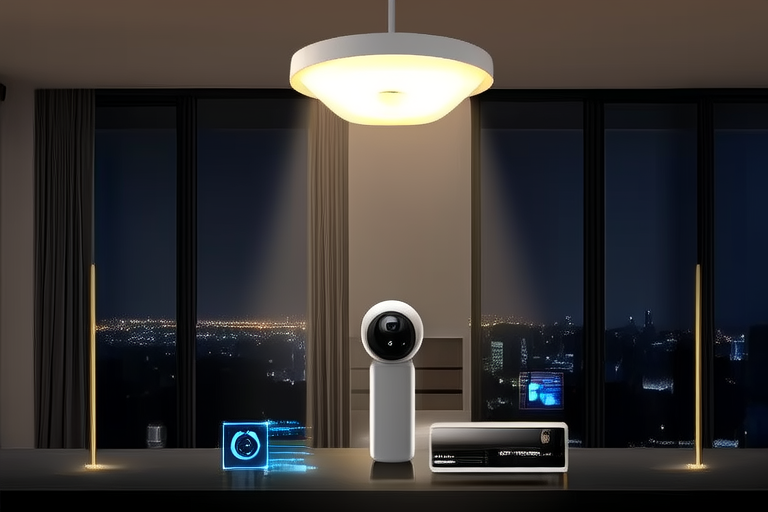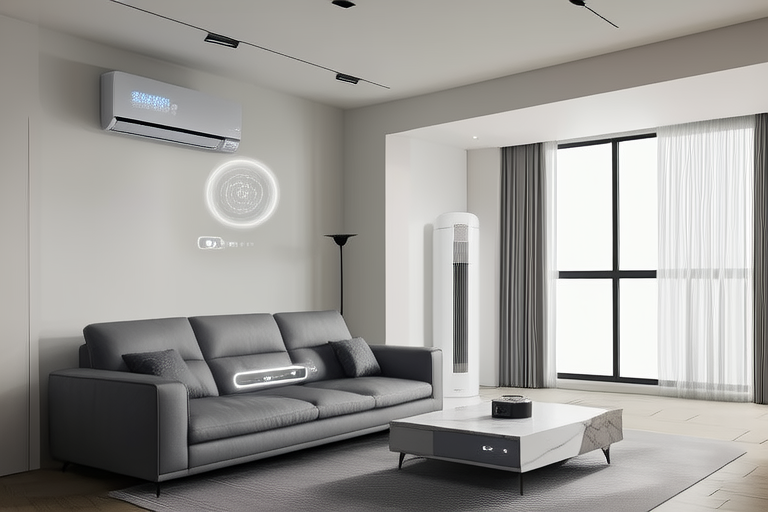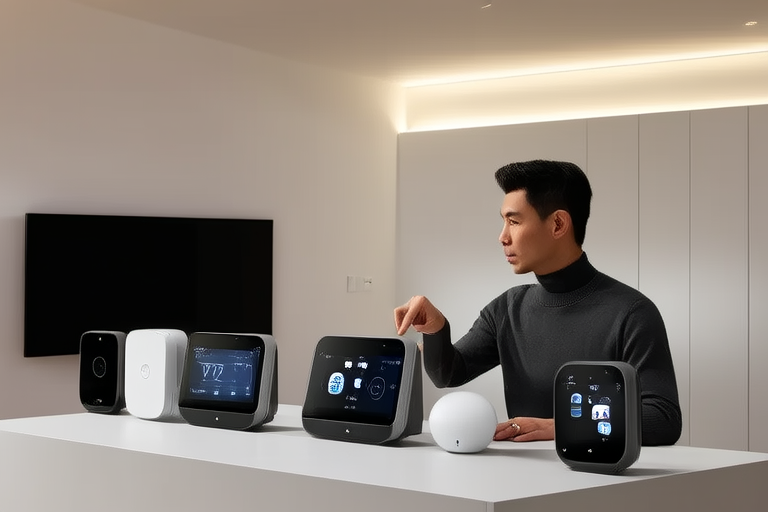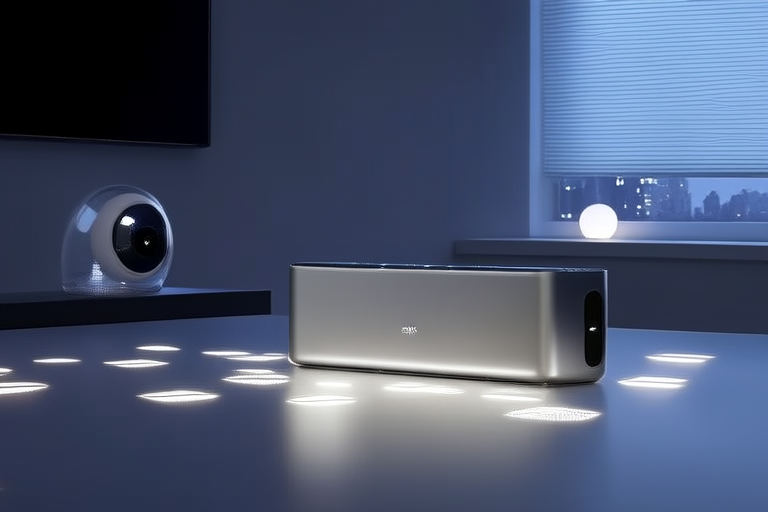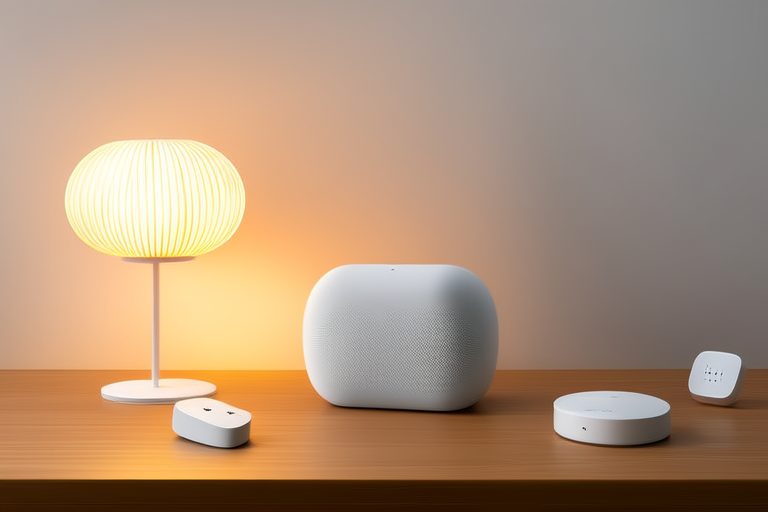Secure, Connected, and Convenient: Exploring the Future of Smart Homes
Introduction
The concept of smart homes has been gaining traction in recent years, promising a future where technology seamlessly integrates into our daily lives. These homes are equipped with intelligent devices that can automate and control various aspects of living spaces, ranging from lighting and temperature control to security systems and entertainment. As these systems become more sophisticated, they offer unprecedented levels of convenience, connectivity, and security. In this article, we’ll explore the evolution of smart homes, the critical role of security, the benefits of seamless connectivity, the convenience they bring to users, and what the future holds for this rapidly evolving sector.
The Evolution of Smart Homes
The journey of smart homes began with simple automation systems that allowed users to control lights and thermostats remotely. Over time, however, the technology has advanced significantly, leading to more integrated and intelligent systems. Today’s smart homes incorporate a wide range of devices, from voice assistants like Amazon Echo and Google Home to smart appliances such as refrigerators that can order groceries when supplies run low. Additionally, home security systems have evolved from basic alarms to advanced setups featuring cameras, motion sensors, and facial recognition. This progression reflects the ongoing innovation in technology and the increasing demand for smarter, more efficient living environments.
Security in Smart Homes
One of the most crucial aspects of smart homes is security. While these systems offer unparalleled convenience, they also introduce potential vulnerabilities due to their reliance on internet connectivity. To address these risks, manufacturers have developed advanced security features, such as facial recognition, motion sensors, and robust encryption technologies. These measures help protect against unauthorized access and ensure that only authorized individuals can enter the premises. Furthermore, it’s essential to consider privacy and data protection, as many smart devices collect and transmit sensitive information. Consumers must be vigilant about choosing reputable brands and staying informed about best practices for securing their smart home networks.
Connectivity and Integration
Smart home devices are increasingly interconnected through the Internet of Things (IoT) and cloud-based platforms, creating a seamless ecosystem within the home. This integration allows for enhanced functionality and personalization, enabling users to control multiple devices simultaneously or create custom routines based on specific preferences. For instance, users can program their smart thermostats to adjust temperatures automatically when they leave the house, or set up lighting scenes that change depending on the time of day. Artificial intelligence and machine learning play a significant role in optimizing these systems, allowing them to learn user behaviors and adapt accordingly. This level of customization ensures that each household operates efficiently and comfortably.
Convenience and User Experience
At the heart of smart homes lies the promise of enhanced convenience, making daily tasks easier and more enjoyable. From adjusting the thermostat to controlling lighting with just a few taps on a smartphone app, these systems aim to streamline household management. Voice assistants further simplify interactions by allowing users to issue commands without needing to physically interact with devices. Moreover, advancements in home entertainment systems, such as smart TVs and audio devices, provide immersive experiences tailored to individual tastes. These features collectively contribute to a more comfortable and efficient living environment.
Future Trends and Innovations
Looking ahead, several emerging trends could shape the future of smart homes. Augmented reality (AR) interfaces might revolutionize how we interact with our surroundings, offering new ways to visualize and manipulate objects within the home. Predictive maintenance, leveraging AI algorithms, could anticipate equipment failures before they occur, reducing downtime and maintenance costs. Energy-efficient solutions, including solar panels and smart grids, may become integral components of sustainable living, helping households reduce their carbon footprint. Additionally, smart homes could play a pivotal role in integrating renewable energy sources, contributing positively to environmental conservation efforts.
Challenges and Considerations
Despite the numerous benefits, there are several challenges associated with adopting smart home technology. Cost remains a significant barrier for many consumers, especially when considering the initial investment required for high-end systems. Complexity can also deter potential buyers, particularly those unfamiliar with technical concepts. Interoperability issues, where devices from different manufacturers fail to work together harmoniously, pose another obstacle. To overcome these hurdles, consumers should carefully research available options, prioritize reliability and ease of use, and opt for solutions that align with their specific needs and budgets. By doing so, they can build a secure, connected, and convenient smart home that enhances their quality of life.
Conclusion
In conclusion, the future of smart homes promises a world where technology enhances security, connectivity, and convenience, transforming everyday life in profound ways. As we continue to witness rapid advancements in smart home technology, it’s clear that these systems will play an increasingly important role in shaping our living environments. By addressing concerns about security, privacy, and usability, and embracing innovative solutions, we can ensure that smart homes deliver on their full potential. Whether through improved energy efficiency, enhanced entertainment options, or personalized living experiences, the possibilities are endless, offering exciting opportunities for both homeowners and developers alike.
